Thermal Comfort
Did you know that human physiology and cognitive functioning is less effective outside of normal core body temperature levels? It’s important to remember that thermal comfort is affected by activity. Seated activities, like participating in a meeting, result in lower body heat production than other activities.
Research from the Lawrence Berkeley National Laboratory indicates that performance declines by 2% for each degree ABOVE 77°F and by 4.7% for each degree BELOW 70°F. The ideal temperature for a meeting room is between 68°F and 77°F, depending on the participants. This is why it’s ideal to provide access to meeting room temperature controls. Giving team members control over their personal thermal comfort can increase productivity. In fact, West Bends Mutual Insurance Company found a 2.8% increase in claims processor performance when employees were provided with control of over-desk temperature.
The bottom line is that if you expect your employees to have a successful meeting, you need to realize that temperature has a profound effect on memory, creative thinking, concentration, and other cognitive functions. We recommend leaving it up to the meeting participants to determine the optimal temperature for their group. In addition, meeting organizers should consider the ideal temperature for the entire group, rather than their own personal preference.
Lighting
Humans are incredibly sensitive to light. Our circadian rhythms, sleep patterns, physiology, health, and moods are all controlled by daylight. When the sun goes down, it triggers a release of melatonin, which tells our brains it’s time to sleep. A lack of daylight in an office environment can have adverse affects on alertness and mood.
A report by WGBC outlines the benefits of daylight in offices, concluding that workers in offices with windows had and average of 46 minutes more sleep per night compared to those with windowless workspaces. Additionally, being seated close to a window increased focused work by 15%, that’s no small jump in productivity.
When designing your meeting spaces, it’s important that it has a balanced mix of daylight, ambient lighting, and ceiling/wall illuminance. However, you shouldn’t forget to consider the quality of the lighting you choose to include in your meeting room. Consider the type of light and the color spectrum, as some lights can be harsh and can work against your goal of creating an optimal workspace.
If meetings are essential to your office workflow, you should prioritize a space in your office that has windows, and invest in quality lighting. Pleasant lighting can have positive affects on social behaviors like cooperation and creativity, as well as speed, accuracy, and comprehension of reading. In our opinion, good lighting wherever possible is well worth the cost.
Tools for Effective Collaboration
Many meeting rooms only have basic tools for presentations, and phone calls. The worst part of any meeting is watching the organizer scramble to set up their presentation, find the correct cables, and connect remote participants. A study by Total Economic Impact found that it takes an average of 10 minutes to set up and get a meeting started. One of the best things you can do to foster productive meetings is make sure your team has easy-to-use collaboration tools at their disposal.
For this, we recommend the Windows Collaboration Display from Sharp. This interactive display is truly “plug-and-play”. A USB-C cable connector makes it easy to connect quickly and easily, so your team can get started sooner. Integrated collaboration tools, such as Office 365 and Microsoft Teams will allow your meetings to be more collaborative than ever. The touchscreen capabilities give you the ability to draw and annotate directly on the screen with a pen-on-paper experience, making your presentations more engaging.
Device sharing is also effortless. Users can wirelessly connect their own devices to the display their own content. Up to five devices can be connected simultaneously, ideal for dynamic workgroup discussions and interactive meetings.
In summary, if you want to create an optimal meeting environment in your office, you need to be thoughtful about the technology you make available, while providing room temperature control, and optimal lighting. All of these factors can have a profound impact on how much your meetings will benefit your organization.





